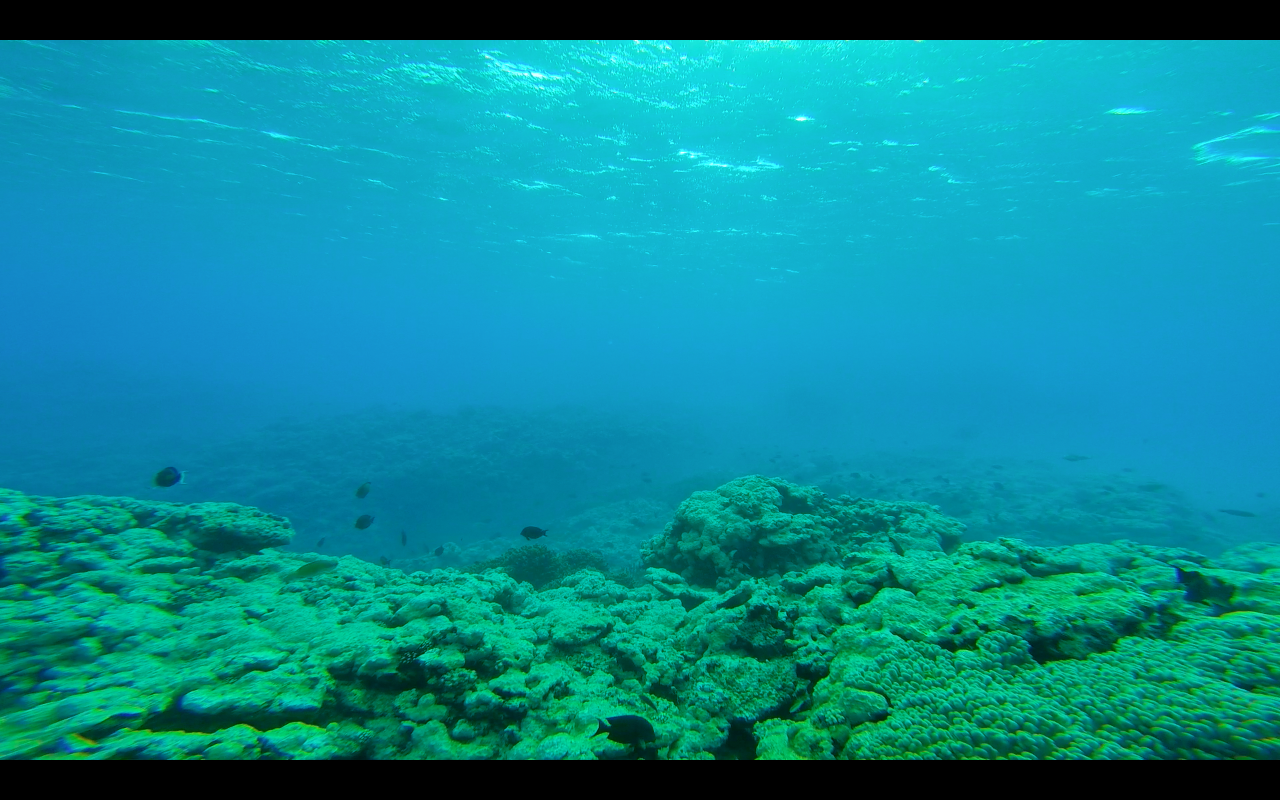I may have spoken a bit too soon about having stable internet! The heavy work load, coupled with a very congested, slow and often unavailable internet connection has led to slow posting. Two of the major reasons that we are in the Cook Islands are: to work with Guy Trimby of the Plymouth Marine Laboratory to search for the biofluorescent proteins and for what we call “Service Learning.” Service Learning is where our undergraduate students have the opportunity to work and learn while helping others.
Being that I spent many years as a paramedic, helping others is ingrained in my personality. The Cook Islands are very isolated, and have a number of environmental issues that we can lend a hand with based on our experiences and training in the United States. There have been many hard lessons learned when it comes to managing natural resources. By coming to these islands, our students can both learn about a new culture, a different biome/climate, and deepen their commitment to and appreciation of the value of helping others. The government of the Cook Islands has faced financial issues and suffered a fiscal collapse in the late 1990’s. The main generation of revenue for the country now is through tourism (fishing and agriculture are a mere blip compared to tourist dollars). After their restructuring and the islands switched to using the New Zealand dollar and (at least to the outside world) seemed to become something of a protectorate of New Zealand (even though their sovereignty/free association with New Zealand status had not changed over the past 50 years).
Though we are outsiders, the people of the Cook Islands have been very welcoming. In the past, some scientists have travelled to the Islands, done research, and left without sharing anything with the people or the government. This has left the indigenous people somewhat in doubt about foreign scientists, specifically because some of those scientists performed experiments which some islanders perceive to have induced changes in the lagoon environment (allegedly due to drilling and injecting chemicals into the reefs).
We would like to help with a number of issues that are currently present. The Islands are incredibly isolated, luxuries such as internet and telephone are difficult, but there is electricity and running water. Fresh water is an issue both in terms of quality and availability. Currently Aitutaki is in a drought and it is not uncommon for the island to run out of water during the dry season or peak tourist periods (Austral summer). There are also many issues with the water quality of the larger lagoon waters. Several marine species are threatened. One issue that we have targeted spans many environmental science topics (ecology, agriculture, marine biology, resource management and more) and is known as “fish poisoning.” This poisoning is caused by a dinoflagellate (numerous species actually) and called Ciguatera. These photosynthetic organisms, one type of phytoplankton, emit a neurotoxin which causes illness and paralysis in humans. Dinoflagellates are best known to most of us for producing the “Red Tides” we see in the United States. Ciguatera poisoning is a regular occurrence here in the Cook Islands, impacting people who consume fish from the reefs. We are working toward finding out why Ciguatera suddenly spiked in the past 20-30 years. We have formed the hypothesis that the agricultural and septic runoff enters into fresh water streams, which in turn exit into the lagoon may be facilitating blooms of dinoflagellates, similar to a harmful algal bloom.
Our current goals include:
- Talking to local people about the history and social aspects to the “fish poisoning.”
- Visiting fish markets to obtain samples of reef caught fish for Ciguatera identification.
- Mapping of all of the fresh water streams, and agricultural presence which can cause runoff.
- Surveying the sandy beach environment on both the main island of Aitutaki and the surrounding “motus” which translates into English as “small sand islands.”
- Surveying the lagoon and reefs using traditional snorkel teams and ROV surveys.
- Continuing our use of the ROVs and biofluorescence payload to detect specific proteins in corals, and also to use in the detection of coral health, as our preliminary results show that the package may be able to detect disease.
- Performing beach cleanups, and characterize the amount of microplastics present in the sand.
















